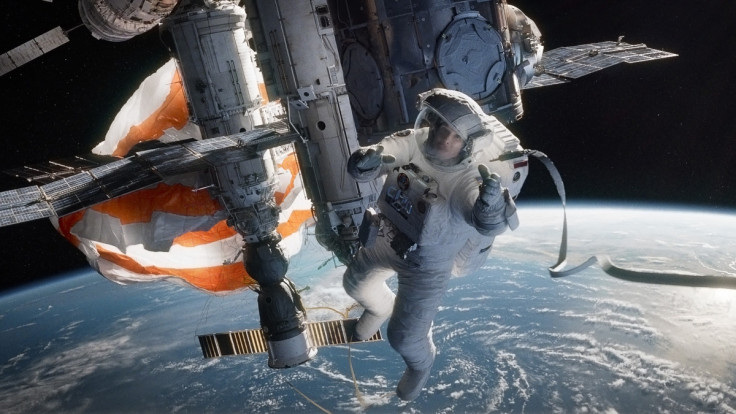Lost ESO Satellite Envisat has Potential to Cause 'Gravity-Style' Deadly Destruction

A satellite lost in space has the potential to wipe out all communication on Earth, plunging us back into the dark days before satellite communication.
A group of students at Leicester University has examined the potential impact of Envisat, a European Space Agency satellite that lost communication in 2012.
Envisat has been floating around space as debris for two years and if it impacted another satellite, could have devastating and deadly consequences, the paper said.
It has the potential to lead to a chain reaction known as the Kessler Syndrome, a theory proposed in 1978 where a cloud of fast moving debris causes more and more collisions with other space objects, including satellites and space crafts.
It describes the scenario where the density of objects in low Earth orbit is high enough that collisions could create a cascading effect – with one implication being space exploration and the use of satellites becomes defunct.
On a less catastrophic scale, the team at the University's Department of Physics and Astronomy, say Envisat could pose a threat similar to the events seen in the Bafta winning film Gravity.
They say the task of bringing Envisat back to earth would be very expensive and complicated, possibly to such an extent it is impossible.
It is estimated Envisat will remain in space for 150 years. Every year, two objects pass the satellite within 200m and other space crafts have had to move out of its path.

To bring it back, the fourth year students suggest around 140kg of fuel would be needed to move it to a point where it would naturally return to Earth – it would have to shift 700km from its current position.
Commenting on the study, director of the University's Space Research Centre George Fraser, said the mass of Envisat highlights the major risk factor for space debris.
"The fact that Envisat is in a near-polar orbit doesn't help either, since its path intersects most satellites' orbits nearly at right angles. Imagine driving down the motorway and every so often a large truck cuts right across all four lanes right in front of you!"
Student Katie Raymer explained that while the risks are minimal, they are real: "In the film, the cloud of space debris is caused by a missile which was supposed to destroy a non-operational satellite and sparks the chain reaction which eventually collides with Clooney and Bullock's spacecraft. In real life this is very unlikely to happen
"It is even more unlikely that ESA's Envisat could cause one of these chain reactions. However, each year two objects are expected to pass Envisat to within about 200m and other spacecraft have had to manoeuvre themselves out of Envisat's path. Also Envisat orbits at an altitude where the amount of debris is greatest. So although it is unlikely to happen, de-orbiting Envisat is certainly worth considering.
"Unfortunately, it would be very unlikely we could move Envisat to the right altitude due to how much it would cost. Envisat was not designed to be refuelled, so another method of de-orbiting Envisat may be a better option."
© Copyright IBTimes 2025. All rights reserved.





















